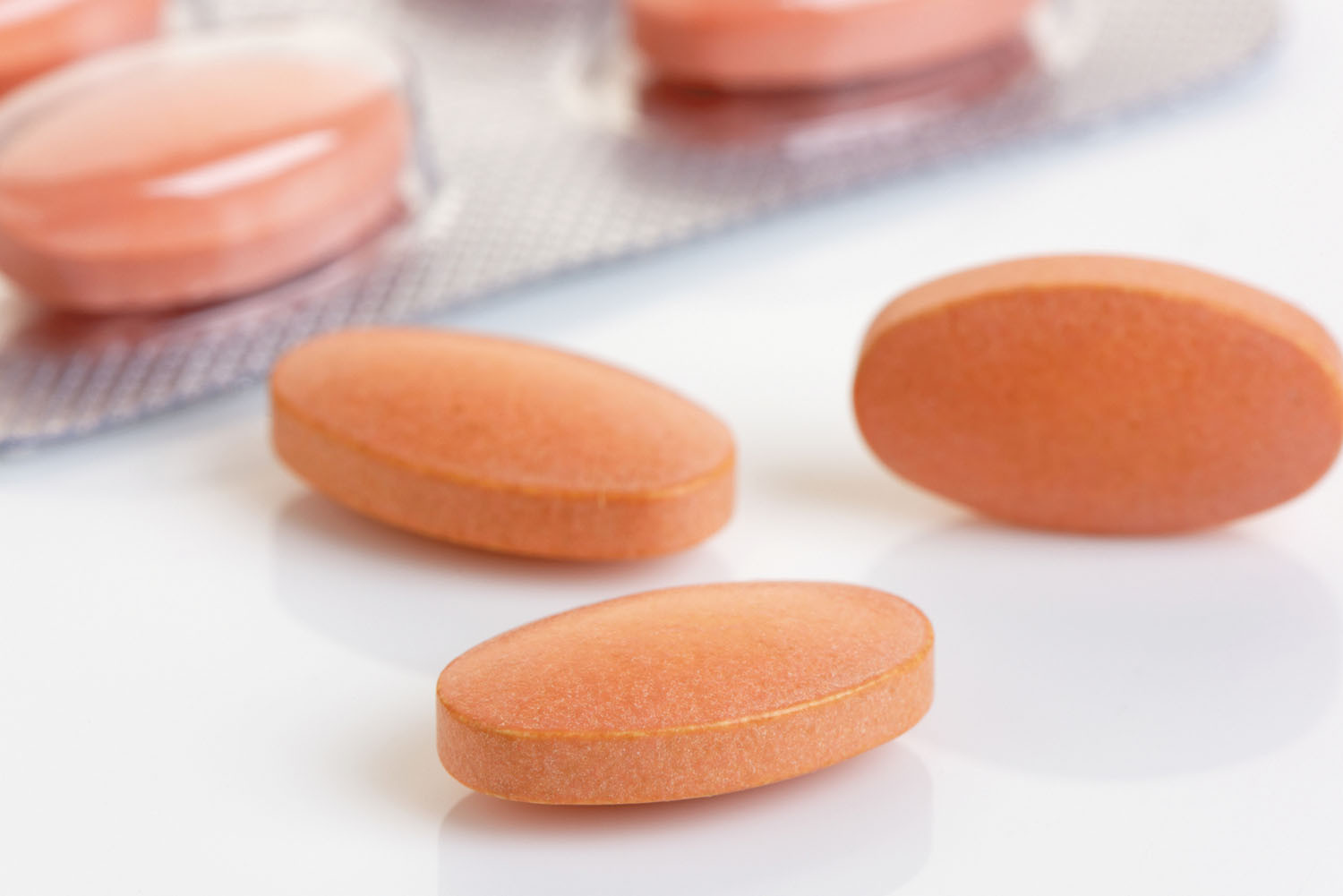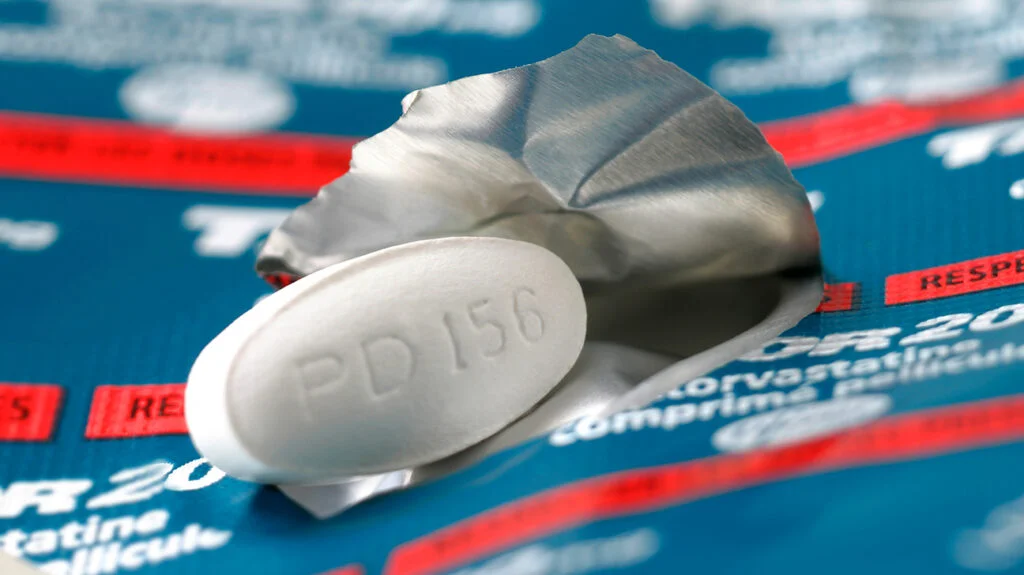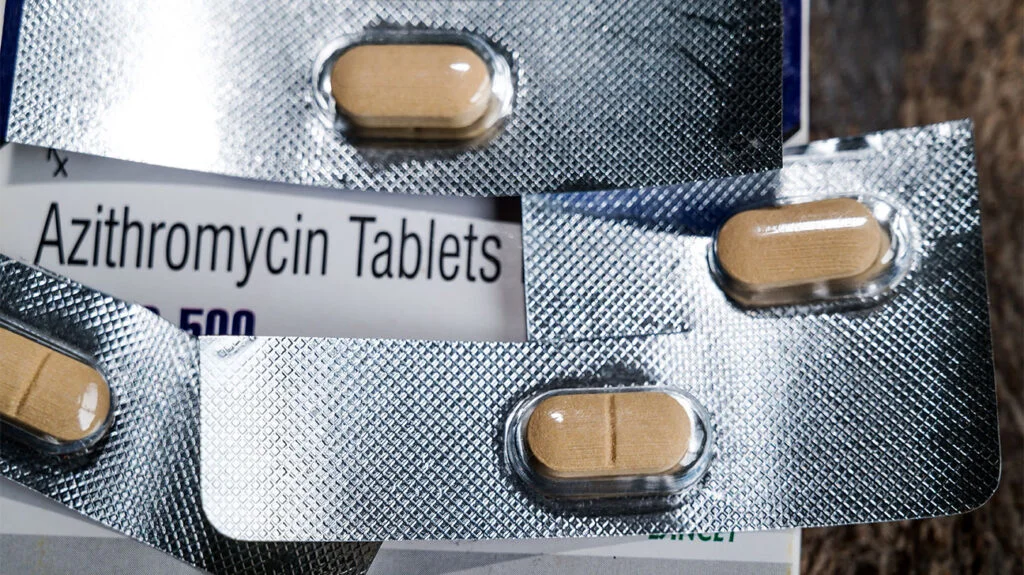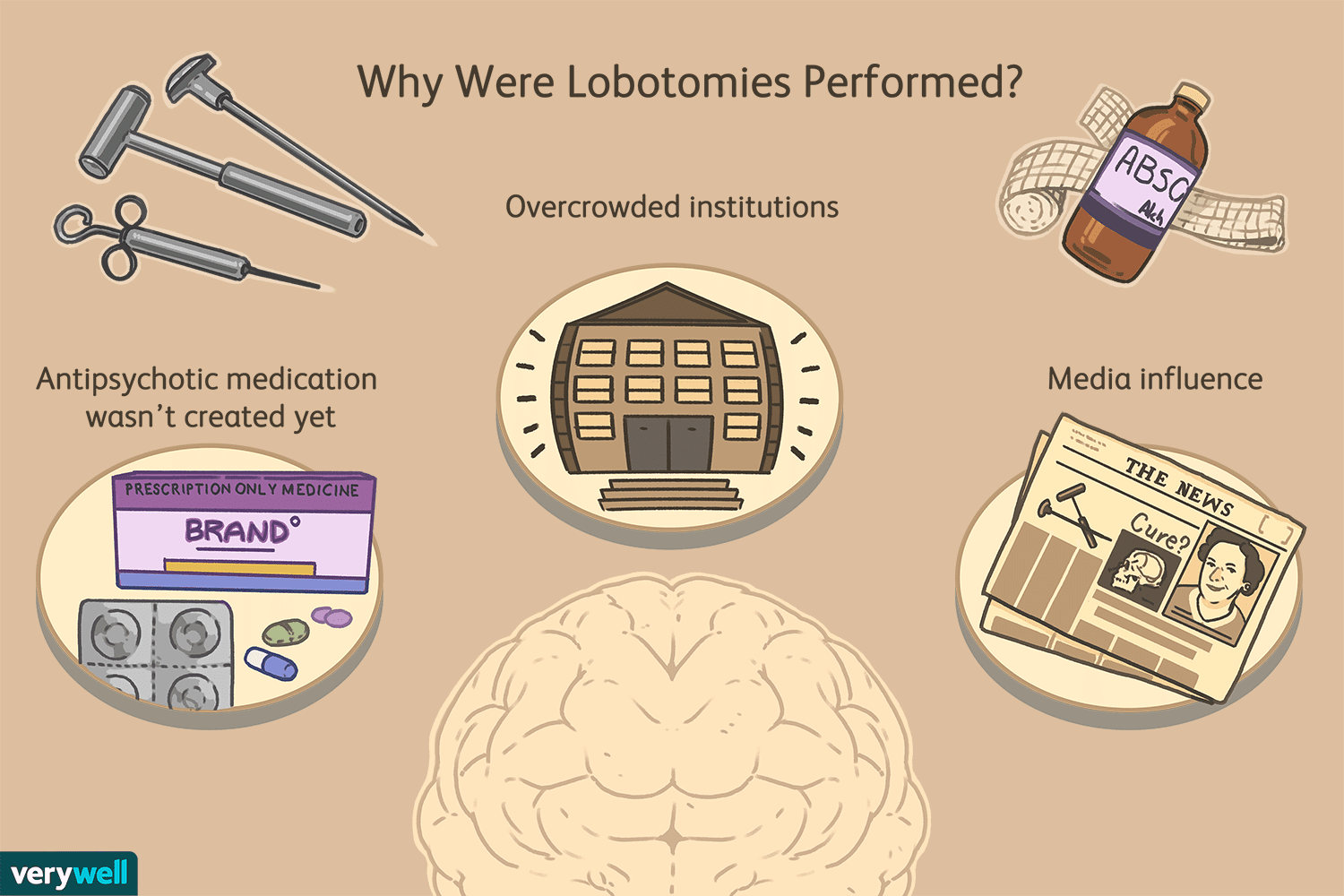Pravastatin, a widely prescribed statin, is essential in the management of high cholesterol and prevention of cardiovascular disease. As healthcare professionals and patients alike seek safer and more effective ways to manage lipid levels, pravastatin has remained a top choice due to its proven efficacy, relatively mild side effect profile, and multiple cardiovascular benefits.
What Is Pravastatin?
Pravastatin sodium is an oral lipid-lowering medication belonging to the statin class. It works by inhibiting HMG-CoA reductase, the enzyme responsible for cholesterol synthesis in the liver. By reducing the production of cholesterol, particularly low-density lipoprotein (LDL-C), pravastatin helps to prevent the buildup of plaques in arteries, thereby reducing the risk of heart attacks, strokes, and other cardiovascular events.
Medical Uses and Indications
Pravastatin is primarily used to:
Lower elevated LDL cholesterol
Raise HDL (high-density lipoprotein) cholesterol
Reduce triglyceride levels
Prevent cardiovascular events in patients with existing heart disease
Reduce the risk of stroke and heart attack in at-risk populations
It is commonly prescribed in the following clinical settings:
Hypercholesterolemia (primary and familial)
Mixed dyslipidemia
Post-myocardial infarction management
Type 2 diabetes with associated cardiovascular risk
How Pravastatin Works
Pravastatin inhibits 3-hydroxy-3-methylglutaryl coenzyme A (HMG-CoA) reductase, the rate-limiting enzyme in the cholesterol biosynthesis pathway. This results in:
Decreased hepatic cholesterol synthesis
Upregulation of LDL receptors on liver cells
Increased clearance of circulating LDL cholesterol
Unlike some other statins, pravastatin is hydrophilic, which means it is less likely to penetrate non-hepatic tissues. This property may reduce its risk for certain side effects such as muscle pain and weakness, a concern with lipophilic statins.
Available Dosages and Administration
Pravastatin is available in oral tablet form, typically in the following strengths:
10 mg
20 mg
40 mg
80 mg
Recommended Dosage
Adults: Initial dose is often 10 to 40 mg once daily, taken in the evening for optimal efficacy. In some cases, a maximum dose of 80 mg/day may be used.
Pediatrics (8–18 years): Dosing is adjusted based on age and weight, generally starting from 10 mg/day.
Dosage must be individualized based on the patient’s LDL-C levels, risk profile, and tolerance to the medication.
Clinical Benefits of Pravastatin
1. Cardiovascular Risk Reduction
Studies have shown that pravastatin significantly reduces:
Risk of myocardial infarction
Stroke incidence
Cardiovascular mortality
The West of Scotland Coronary Prevention Study (WOSCOPS) highlighted pravastatin’s role in primary prevention, showing a substantial drop in coronary events.
2. Post-Stroke and Post-MI Outcomes
In secondary prevention, pravastatin helps in stabilizing atherosclerotic plaques, reducing the recurrence of ischemic events.
3. Improved Lipid Profile
Patients using pravastatin see:
LDL reductions of 20–40%
HDL increases of 5–10%
Triglyceride reductions of up to 24%
Safety Profile and Side Effects
Pravastatin is generally well tolerated, but like all medications, it may cause side effects.
Common Side Effects
Headache
Nausea
Diarrhea
Muscle aches (myalgia)
Serious Side Effects
Myopathy and rhabdomyolysis (rare)
Hepatic dysfunction
Increased liver enzymes
Memory loss or confusion (reversible)
Patients on pravastatin should undergo periodic liver function tests and report any muscle pain, weakness, or dark-colored urine.
Drug Interactions
While pravastatin has fewer interactions than other statins, caution should be exercised with the following:
Cyclosporine
Macrolide antibiotics (e.g., clarithromycin)
Fibrates (e.g., gemfibrozil)
Niacin
These combinations may increase the risk of myopathy. Avoid alcohol and grapefruit juice, which can interfere with liver metabolism and enhance toxicity.
Pravastatin vs Other Statins
| Feature | Pravastatin | Atorvastatin | Simvastatin |
|---|---|---|---|
| Hydrophilic/Lipophilic | Hydrophilic | Lipophilic | Lipophilic |
| Metabolism Pathway | Non-CYP450 | CYP3A4 | CYP3A4 |
| Drug Interactions | Fewer | More | More |
| Half-Life | ~1.8 hours | ~14 hours | ~2 hours |
| Cardiovascular Outcomes | Strong | Strong | Moderate |
Pravastatin is often preferred in elderly patients or those on multiple medications, due to its lower interaction potential.
Use in Special Populations
Pregnancy and Breastfeeding
Pravastatin is contraindicated in pregnancy. Cholesterol is essential for fetal development, and statins may interfere with fetal growth. Women should discontinue use before conception or immediately upon confirmation of pregnancy.
Pediatric Use
Approved for use in children 8 years and older with familial hypercholesterolemia, under careful supervision.
Renal Impairment
Dose adjustments may be required in patients with severe kidney disease. Monitoring renal function is advisable in long-term use.
Monitoring and Follow-up
Patients prescribed pravastatin should have:
Baseline lipid profile
Liver function tests
Routine CK (creatine kinase) levels if muscle symptoms occur
Regular follow-up every 6–12 weeks initially to assess lipid goals and tolerance
Lifestyle Recommendations with Pravastatin
For optimal effectiveness, pravastatin should be used in conjunction with:
A heart-healthy diet (low saturated fats, high fiber)
Regular physical activity
Smoking cessation
Weight management
These interventions enhance the lipid-lowering effect and reduce the need for higher doses.
Frequently Asked Questions
Is pravastatin safe long-term?
Yes, long-term studies support pravastatin’s safety for chronic use in preventing cardiovascular events.
Can pravastatin be taken at any time of day?
While some statins must be taken at night, pravastatin’s short half-life makes evening dosing optimal, but it can be taken at the same time each day based on preference.
What happens if a dose is missed?
Take it as soon as you remember unless it’s close to the next scheduled dose. Do not double the dose.
Conclusion
Pravastatin remains a leading choice for managing dyslipidemia and preventing cardiovascular disease. With its excellent safety record, hydrophilic nature, and minimal drug interactions, it’s especially beneficial for those on complex medication regimens. When paired with lifestyle modifications, pravastatin significantly improves long-term cardiovascular outcomes and quality of life.












